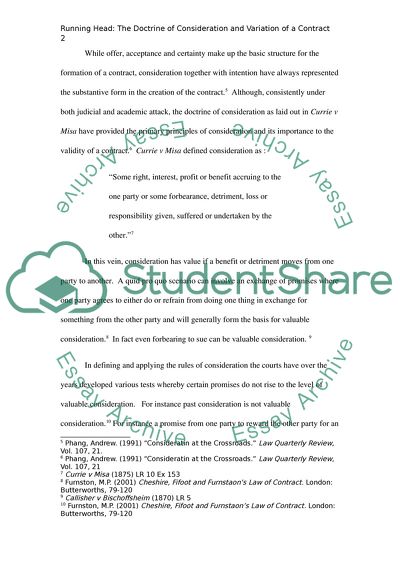Cite this document
(The Doctrine of Consideration and Variation of a Contract Coursework, n.d.)
The Doctrine of Consideration and Variation of a Contract Coursework. https://studentshare.org/law/1715499-contract-law
The Doctrine of Consideration and Variation of a Contract Coursework. https://studentshare.org/law/1715499-contract-law
(The Doctrine of Consideration and Variation of a Contract Coursework)
The Doctrine of Consideration and Variation of a Contract Coursework. https://studentshare.org/law/1715499-contract-law.
The Doctrine of Consideration and Variation of a Contract Coursework. https://studentshare.org/law/1715499-contract-law.
“The Doctrine of Consideration and Variation of a Contract Coursework”. https://studentshare.org/law/1715499-contract-law.


